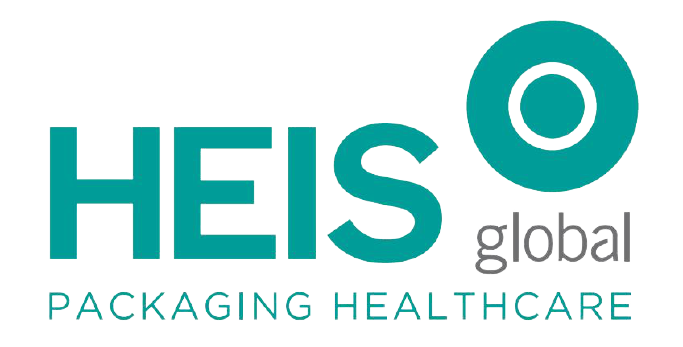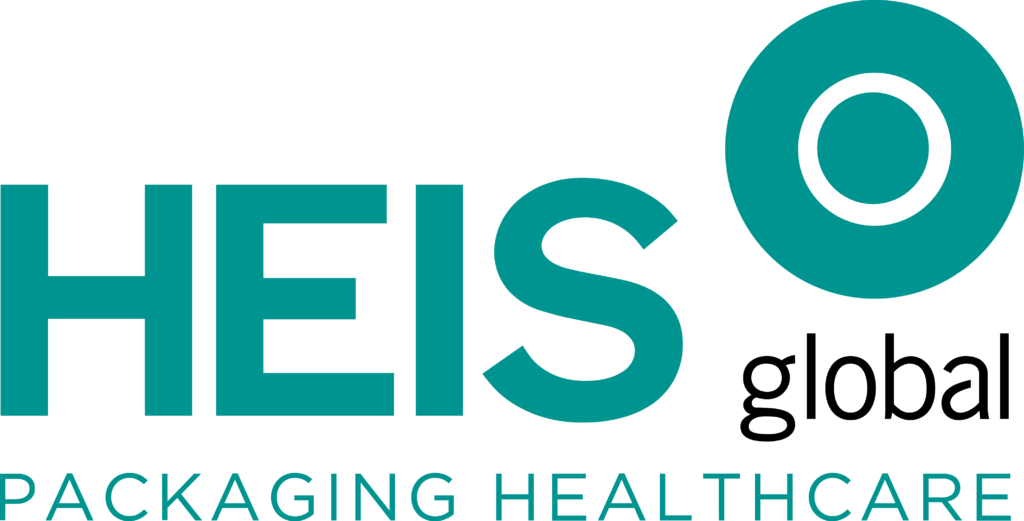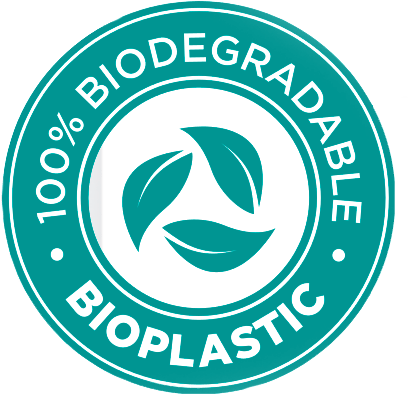BIOplastic encompasses very different concepts that may cause confusion. With this ultimate guide, you will be able to understand them all.
Within the industry, the “BIO” prefix is used to make reference either to those plastics that have a biological origin, so called “biobased”, or those plastics that are biodegradable.
Biobased polymers are those made out of organic matter, either partially or completely (trees, leafs, algae, biomass, etc.). These polymers are fully in line with the green economy principles, obtaining materials that are recyclable – and even better biodegradable- obtained from renewable sources.
BIOdegradable plastics are those that under specific conditions, in presence of microorganisms, completely degrade into natural elements (CO2, Water, Compost)
Once with the above definitions, we would be able to understand the following chart, where the different plastics are classified according to their origin and biodegradability.
In the above chart, four different polymer groups are defined:
1) Plastics with petrochemical origin that are not BIOdegradable
These are the most common polymers up to date. They have excellent properties in each of their fields. However, due to inefficient waste management systems, they may end up disposed into the environment, where they would take hundreds of years to decompose.
Some examples of these widely used plastics would be:
· Polypropylene (PP): used in food packaging
· Polyethylenes (PE, HDPE, LDPE): used in milk or cleaning chemical bottles
· PET: used in water or soft drink bottles
2) Plastics with petrochemical origin and BIOdegradables
Unknown to the general public due to their rare adoption. They have petrochemical origin but are indeed BIOdegradable. Some examples are:
· Polycaprolactone (PCL): used in biomedical implants or in prototyping applications
· PBS: used in some pilot projects for food packaging
3) Plastics that have biological origin but that are not BIOdegradable
Considering the example of BioPET (Poly-ethylene Terephthalate), the terephthalatic acid has petrochemical origin, however the ethylene has organic origin.
Even though in the industry the prefix “Bio” has been added to these types of plastics, it should not be confused with a BIOdegradable plastic. The fact that part of its origin is biological does not make a plastic BIOdegradable.
Some examples of these types of plastics are BioPET, BioPP or BioPE. They might be used in some of their conventional plastics counterparts applications. However, the fact that they are more expensive than those obtained 100% from petrochemical sources and have in the best case, the same properties, have limited their adoption.
4) Plastics BIOdegradables and with biological origin
Due to the inexistent advantages of the plastics with biological origin that are not biodegradable, the ones with biological origin that are indeed BIOdegradable are the single sustainable alternative to conventional plastics.
The main advantage of the latest is their BIOdegradability – and in some cases Compostability- that combined with their good mechanical properties and transparency, make them the true eco-friendly alternative in applications such as food packaging.
Some examples of these plastics are the Polylactic Acid (PLA) and the Polyhydroxyalkanoates (PHAs). PLA is obtained from Biomass fermentation. Whereas PHAs are obtained mainly from microorganisms cultures.
Due to their environmentally friendliness, they are already used in multiple applications. Some examples are:
· PLA: food packaging, 3D printing raw material, agricultural plastics
· PHAs: despite having fewer current applications than PLA, its biodegradation and water-impermeability make it a promising material in biomedics and food packaging
At HEIS, we understand that the single true alternative for conventional plastics are those that are both BIOdegradable and with a biological origin, such as the PLA and PHAs, due to four reasons:
1) They are BIOdegradable, avoiding the main disadvantage of conventional plastics
2) Obtained from renewable and vegetal sources
3) Excellent mechanical properties and transparency, becoming great candidates for being used in pharmaceutical, nutraceutics and food packaging
4) Carbon footprint is lower than conventional plastics and much lower than glass footprint
Due to these four reasons, several years ago at HEIS we began researching and developing these BIOdegradable and biological materials to be used in nutraceuics, pharmaceutical and food packaging.
Thanks to this years of R&D, today we pioneer the manufacturing of BIOdegradable and Compostable packaging.
At HEIS we offer this type of packaging for such demanding industries as pharmaceuticals, with several laboratories around the world trusting HEIS BIOdegradable packaging for their former glass and conventional plastic packaging.
We would be pleased to help you in any application for which you may be considering a BIOdegradable packaging. Please do not hesitate to get in touch with us!





